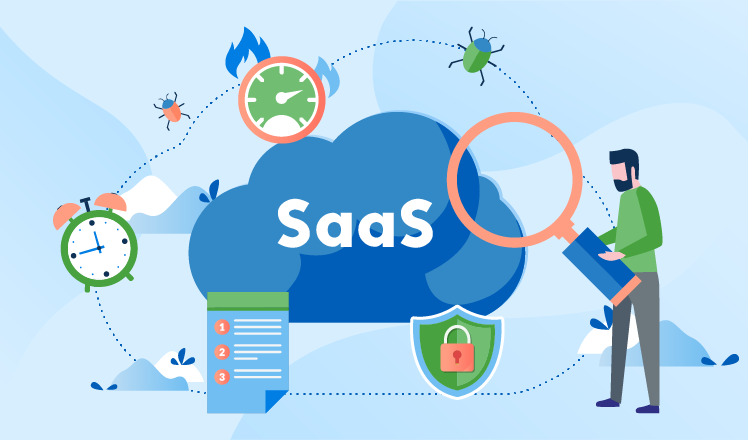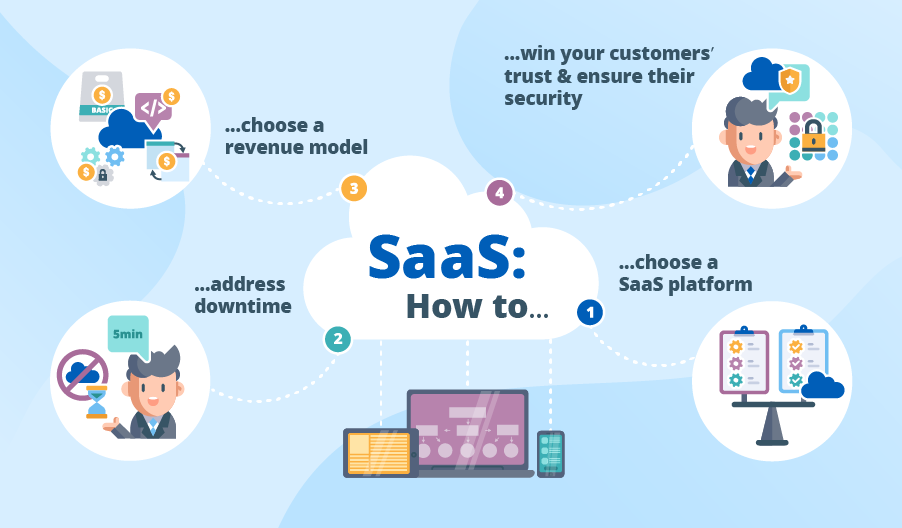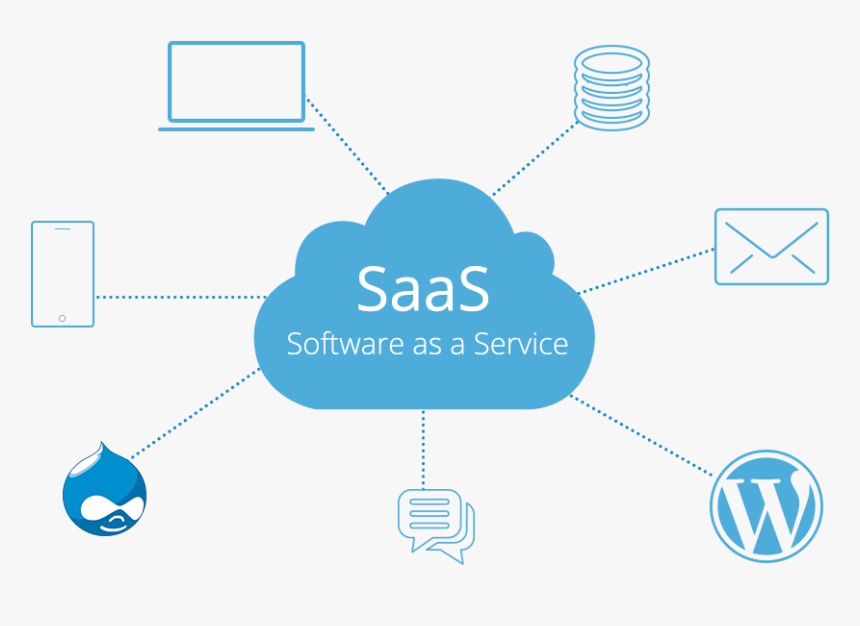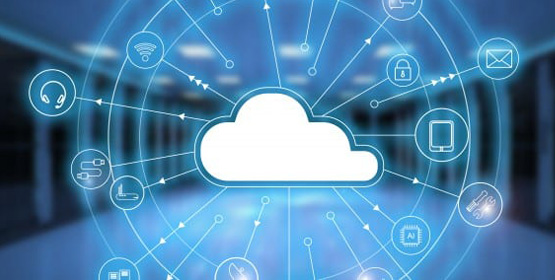
Software as a Service is based entirely on the Internet, and it is an approach to software distribution by which software providers host a combination of servers, databases, and code to create applications that can be accessed by users from connected devices. Software as a Service (SaaS) brings the power of a firm’s workflow to any user anywhere in the world at anytime.
SaaS replaces the traditional notion of buying physical copies of software and installing them on local hardware located inside a brick-and-mortar office. Using SaaS also shifts the burden of responsibility for licensing, support and installation to the cloud provider.
Some of the most popular applications available, particularly those used for marketing, networking, customer service and collaboration, are actually SaaS, including:
Google Apps
Microsoft 365
Salesforce
Citrix GoToMeeting
Cisco WebEx
Slack
Dropbox


SAAS is clearly the future of software distribution. In many cases, it benefits both producers and consumers. Businesses are given steady revenue streams from dedicated customers. Buyers have more options available, with a smaller initial investment. Though there are downsides to some SAAS applications, the model has numerous benefits.
SaaS replaces the traditional notion of buying physical copies of software and installing them on local hardware located inside a brick-and-mortar office. Using SaaS also shifts the burden of responsibility for licensing, support and installation to the cloud provider.
Some of the most popular applications available, particularly those used for marketing, networking, customer service and collaboration, are actually SaaS, including:
Google Apps
Microsoft 365
Salesforce
Citrix GoToMeeting
Cisco WebEx
Slack
Dropbox


SAAS is clearly the future of software distribution. In many cases, it benefits both producers and consumers. Businesses are given steady revenue streams from dedicated customers. Buyers have more options available, with a smaller initial investment. Though there are downsides to some SAAS applications, the model has numerous benefits.



There is no any comment yet! Be the first!